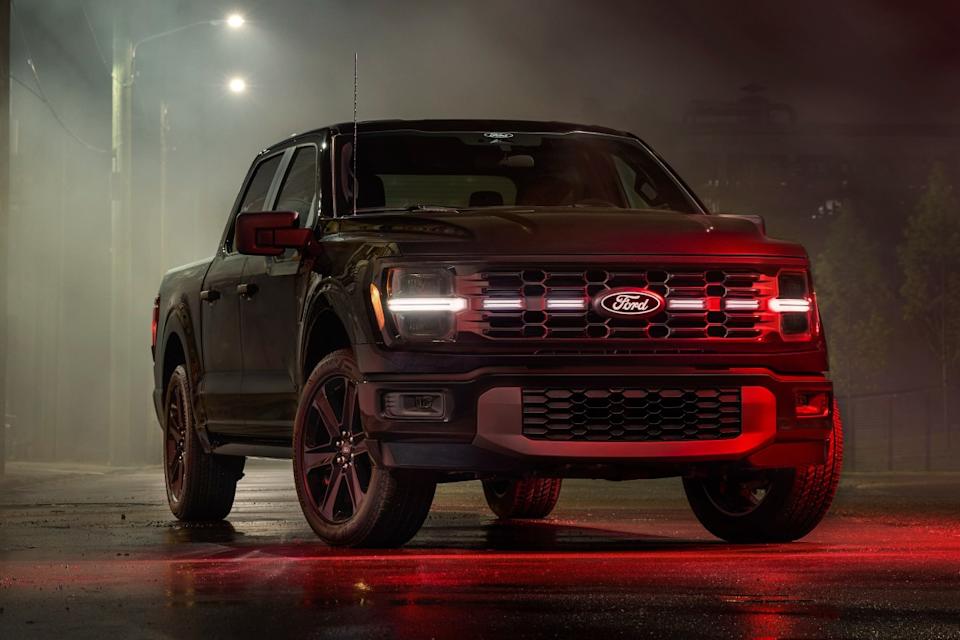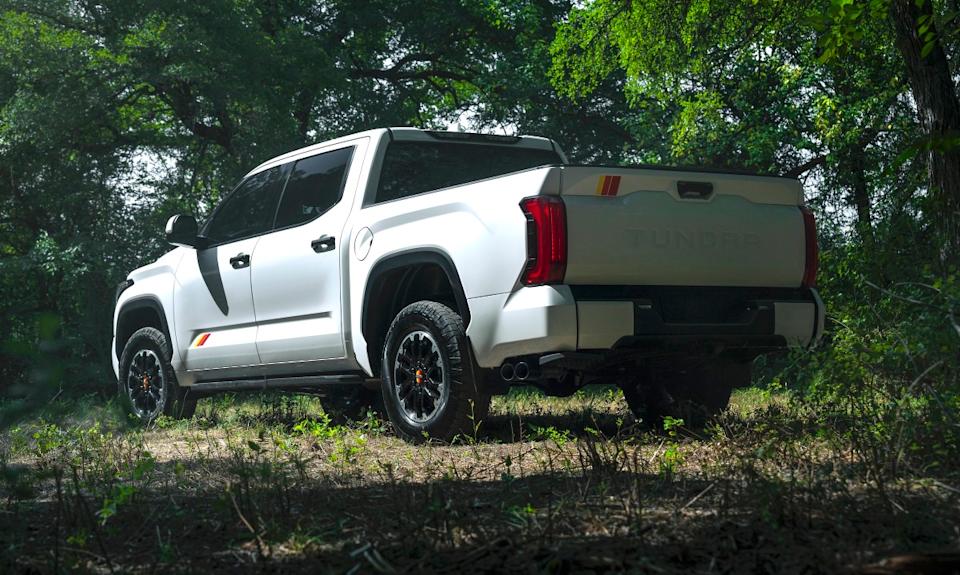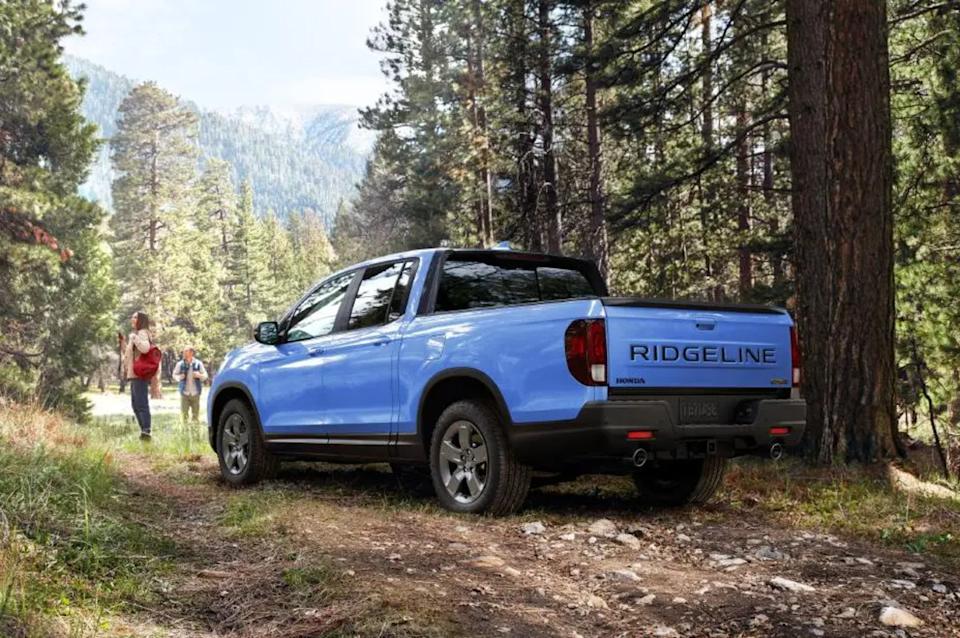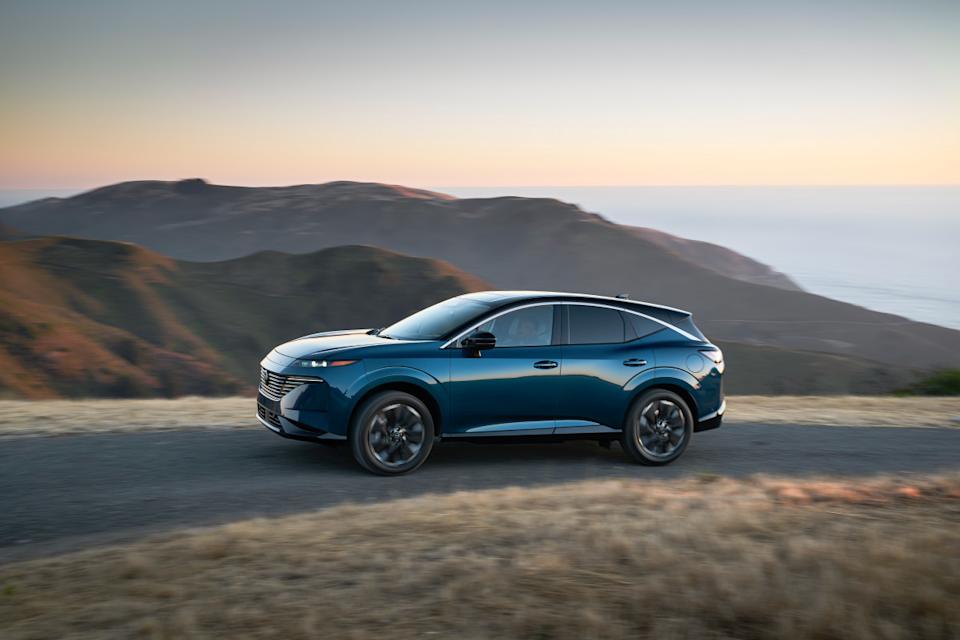3 Reasons Why Big Pickups Still Drive Huge Profits for Carmakers originally appeared on Autoblog.
Full-Size half-Ton pickups: fourth in market share, first in profit power
S&P Global Mobility reported that four segments are driving over half of new U.S. vehicle sales, and full-size half-ton pickups captured the list’s fourth spot with an 8.2% market share. While full-size half-ton pickup trucks had fewer total vehicle sales than compact utilities, upper midsize utilities, and sub-compact plus utilities, this segment stood out for three key reasons. First, the original equipment manufacturer (OEM) bottom-line profits per unit for full-size half-ton pickups are among the industry’s highest. This class also contains underlying vehicle platforms and architectures that can be leveraged in related vehicles, such as full-size SUVs, another highly profitable class. Third, pickup owners were highlighted as the most brand-loyal among any vehicle body style, and regarding half-ton full-size models, these drivers ranked seventh in brand loyalty among the 33 studied segments. From January through the end of May 2025, the Ford F-Series accounted for 29.4% of new half-ton full-size pickup sales at 128,011 units. The Chevrolet Silverado followed closely behind, with a 25% share of the segment, or 109,000 vehicles. GMC Sierra held a 16.8% share for half-ton full-size pickup sales at 73,139 units before RAM’s 15.5% (67,594 vehicles), and Toyota Tundra’s 13% (56,660 units). The Ford F-Series and RAM were the only two brands experiencing year-over-year growth from January 1 through the end of May, while the GMC Sierra remained even.

A closer look at the full-size half-ton pickup advantage
In 2023, Reuters published a report stating that General Motors’ (GM) average per-vehicle earnings before interest and taxes on all of its trucks and SUVs were $10,678. Using this metric, the automaker could earn up to $7.5 billion in annual pretax profit on its full-size combustion trucks and SUVs through 2035. The full-size pickup truck segment’s growth also remains promising. At $209.4 billion in 2025, the global full-size pickup market is projected to grow at a compound annual rate of 4.5% from 2025 to 2033. The rise of e-commerce and the expansion of logistics networks are contributing to the class’s commercial growth, while features such as comfort, technology, and fuel efficiency are attracting individual consumers.
Regarding full-size pickups, which provide the architecture for entry into the similarly profitable full-size utility segment, GM’s Arlington, Texas, plant is an example of a facility that reduces development and production costs for multiple models by using shared platforms and components. Brand loyalty has played a central role in Ford’s F-Series experiencing year-over-year growth in S&P Global Mobility’s data report, while sales of other full-size half-ton pickup lines declined. In J.D. Power’s most recent brand loyalty survey, published in 2024, Ford trucks had the highest amount of brand loyalty for the third consecutive year at 65.1%. Toyota was ranked second at 60.8%.

Final thoughts
Despite having a smaller overall market share in new vehicle sales than compact utilities, upper midsize utilities, and sub-compact plus utilities, full-size half-ton pickups play a crucial role in manufacturer profits thanks to their shared architectures with segments like full-size SUVs, promising projected growth, and fervent brand loyalty. Additionally, certain model lineups, such as Ford’s F-Series and Chevrolet’s Silverado, anchor the segment’s profitability, even as competitors decline.
3 Reasons Why Big Pickups Still Drive Huge Profits for Carmakers first appeared on Autoblog on Aug 11, 2025
This story was originally reported by Autoblog on Aug 11, 2025, where it first appeared.








Comments